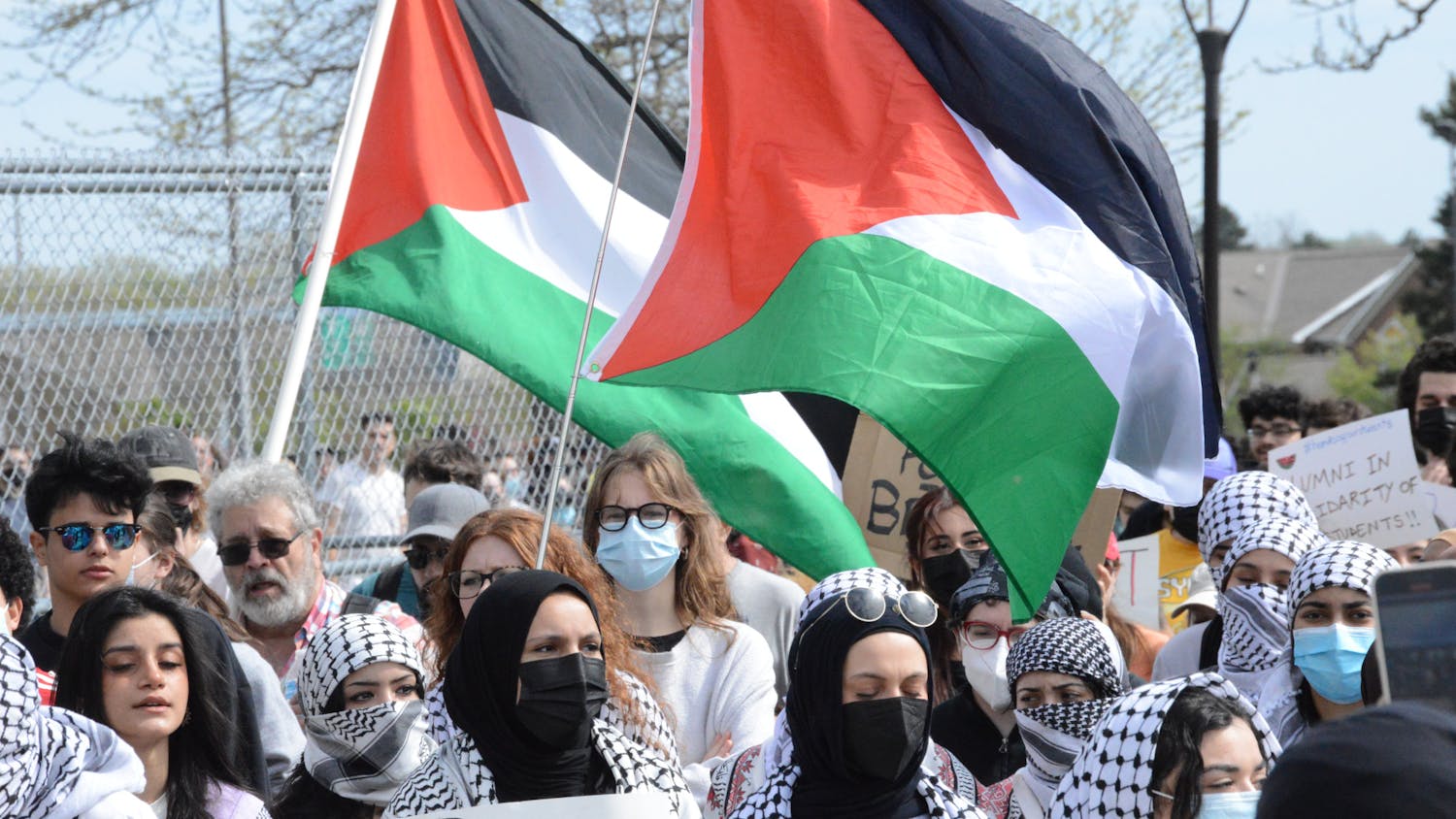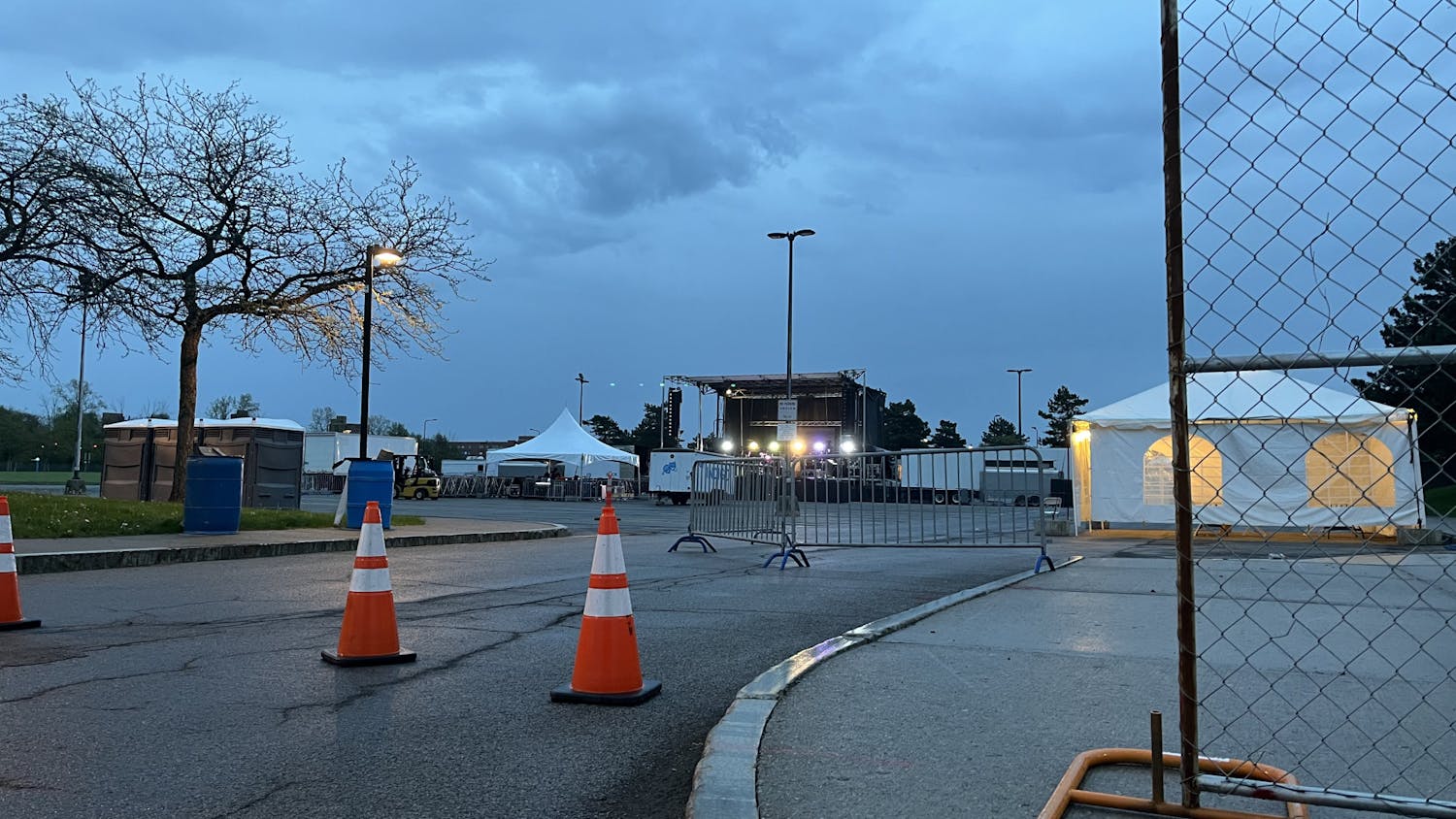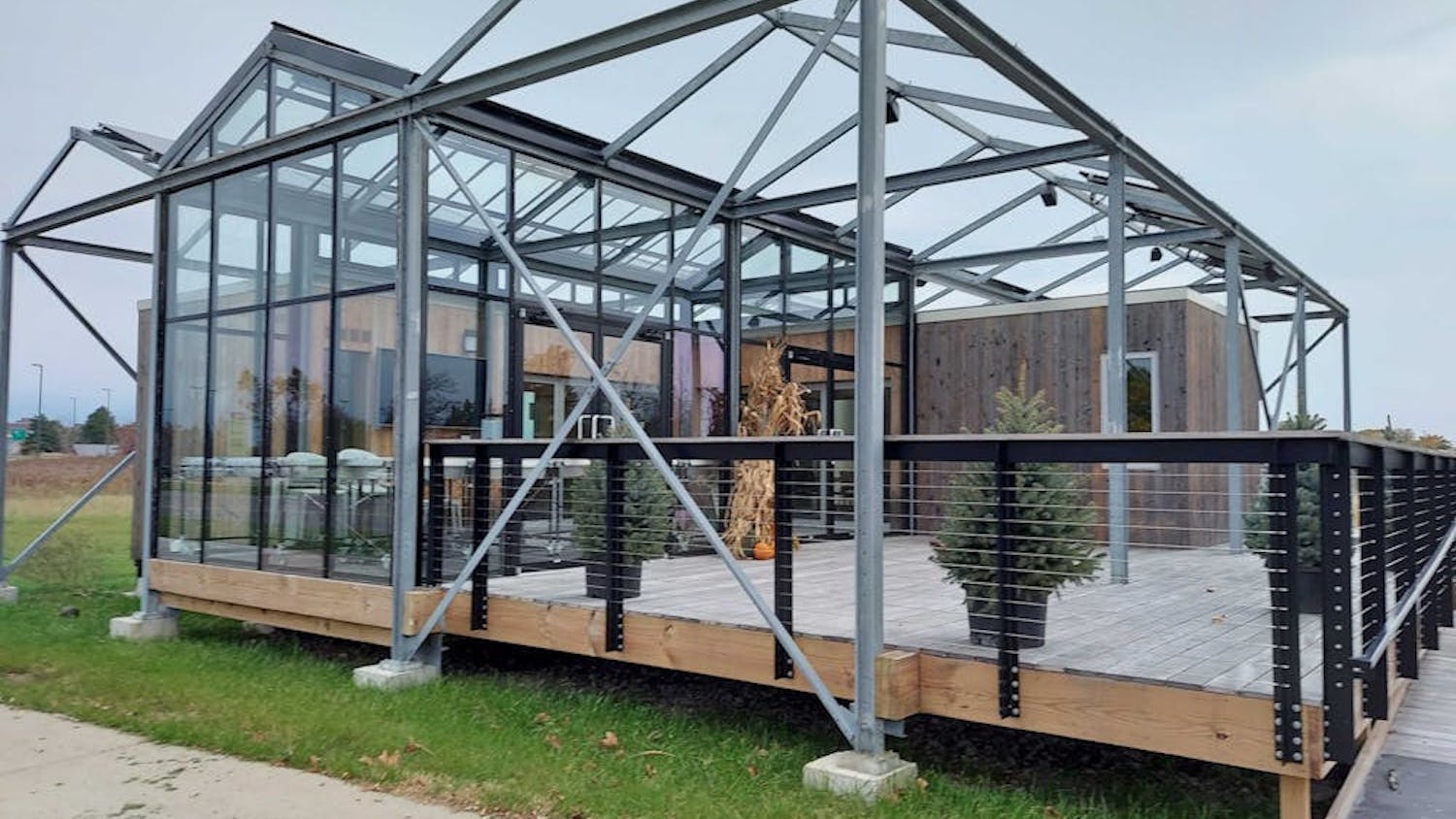The pilot program being used by 21 UB professors allowing access to photos of students within their classes presents challenges to students' privacy, but seems worthwhile nonetheless.
The program was brought into fruition to address the perceived need for greater interaction between faculty and students. If instituted campus-wide, teachers will be able to view pictures of students on their class rosters, enabling them to match faces with names as a result. This, purportedly, will allow for a more personalized classroom educational experience in the process.
Our misgivings arise from the potential misuse of the databases compiled for such an endeavor. In an age where civil liberties are fast eroding and the power of the state is increasing proportionally, any effort at institutional information gathering is viewed wearily. The Orwellian nature of the program lends credence to this concern. Will campus police have access to the databases for law enforcement matters? Will the database be made available to Residence Halls and Apartments officials who could certainly use the information? Will the state or federal government have access to such growing databases?
Positive aspects of the program should outweigh such concerns. Bringing the faculty closer to students is beneficial in every aspect. Students will have a harder time being anonymous in class, which will lead to a richer classroom experience for all. Overachieving students have the potential for recognition by a professor, whereas before the onus was on them to make themselves known.
The program is a good idea, if implemented as advertised, whose overall value will be positive for UB students.
As Paris burns, Chirac plays his fiddle
Static rate of French immigration assimilation forces riots
The unrest in France, and neighboring countries, points to problems within Europe's ever-changing demographics. The Paris riots reveal the inability of France to assimilate a burgeoning immigrant population, which comprises ten percent of its population, into society. If left unaddressed, more of the same can be expected.
France has a long and glorious history of riots, but what makes this one different from others is the rioters aren't demanding revolution, nor do they represent a political party or national organization. And they're not looking to save the world. Rather, they represent a marginalized group suffering from institutionalized poverty that simply wants to join the status quo. And while riots are rarely good, there's something refreshing about these rioters motives. They're not going to take the unacceptable situation as is and have taken matters into their own hands in making it known.
The riots will force France to confront racism in its culture and to diversify those holding elite jobs within its society. The mostly young Muslim and African rioters want their economic plights recognized and have made clear their actions have nothing to do with their religion, Islam. The many white working-class participants lend weight to this argument and point to the need for socio-economic reform.
French President Jacques Chirac has received heavy criticism for has handling of the riots because of his government's initial inaction. But, in 12-plus days of rioting only one person has died. Should Chirac have sent in his military to slaughter the rioters?
Of course not. Chirac's response wasn't the problem-tacit apartheid in France is.




